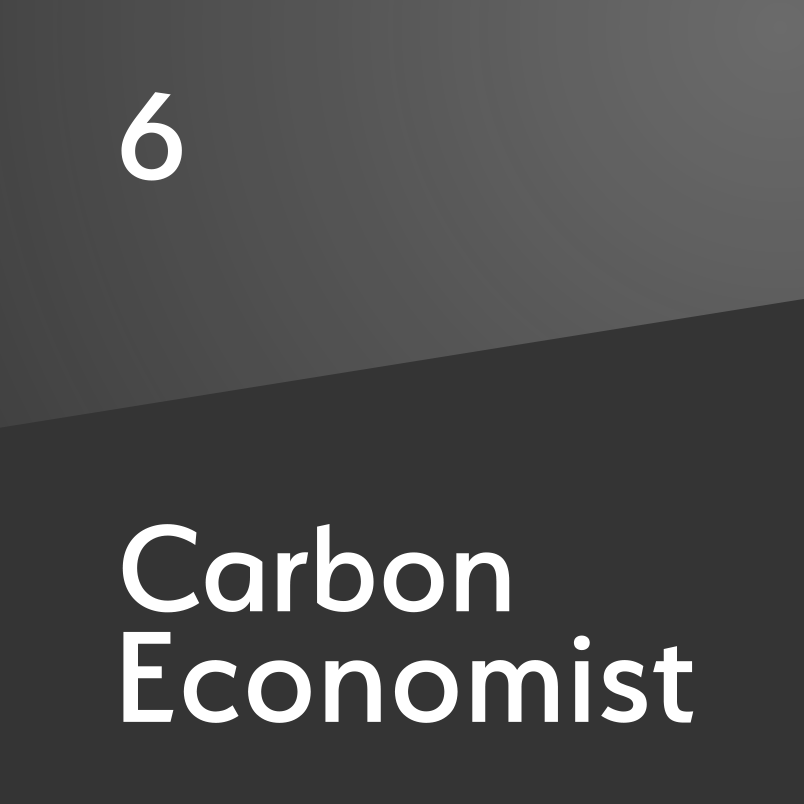Hydrogen’s renewable renaissance
As part of Petroleum Economist's 90th anniversary special coverage, we look at how hydrogen has emerged from relative obscurity to become a key player in the transition to net zero
Our sister magazine Petroleum Economist’s launch in 1934 coincided with one of the most calamitous periods of hydrogen’s eventful history. The 1930s saw multiple attempts at long distance air travel by hydrogen airships, most of which ended in disaster. The airship era came to a tragic end in 1937 when Zeppelin’s Hindenburg caught fire while attempting to land in New Jersey. Some of the safety concerns raised by the infamous Hindenburg disaster linger in the public consciousness to this day, but they pale into insignificance compared to hydrogen’s vast new potential as a low-carbon energy vector for the global transition. Policymakers around the world have bold ambitions for hydrogen. Cu

Also in this section
5 December 2025
European Commission highlights rapid growth of Chinese production this year, as it retains strict procurement rules in latest European Hydrogen Bank subsidy auction
2 December 2025
Oil major cites deteriorating demand and a planning debacle as it abandons one of UK’s largest blue hydrogen projects
1 December 2025
Project at Emden in northwest Germany due online in 2027, but wider ramp-up of clean hydrogen sector in Germany will require overhaul of government policy, company warns
25 November 2025
The northwest African country’s vision of integrating green power, molecules and steel is alive and kicking, and serves as a reminder of hydrogen’s transformative potential







